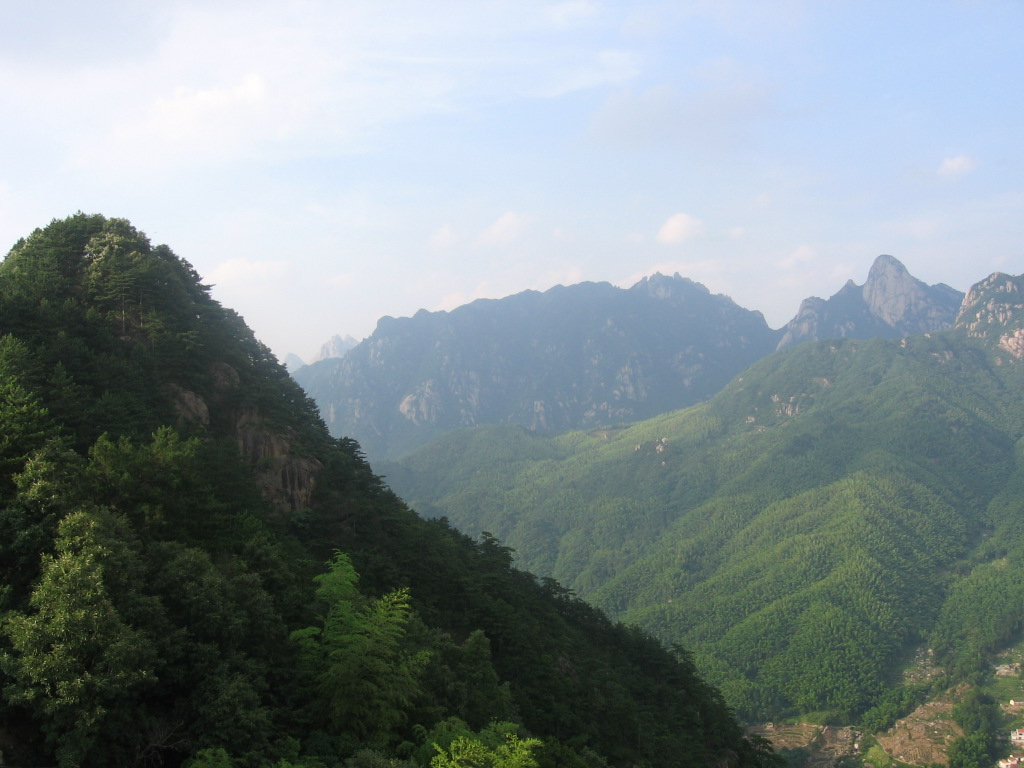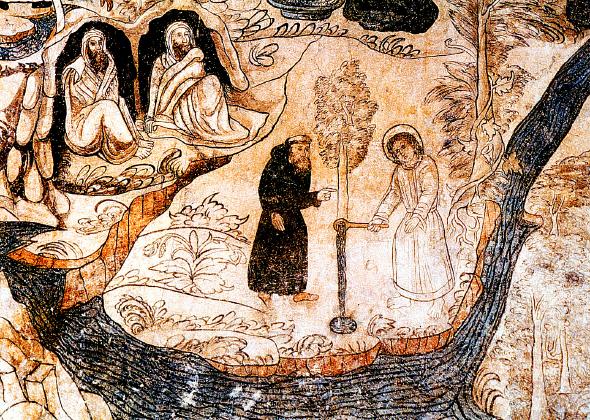
Alberto Gutierrez, who is nearly 80, lives in rural Nicaragua in a one-room hut without running water or electricity. But his hermit life is today well-known because of the rock carvings he has sculpted throughout the vicinity of his original farm for some thirty years. Gutierrez began his practice of rock-carving as a hobby, but his themes and skills remain those of a sociable but discreet hermit. Many travel blogs and video sites describe Gutierrez as a curiosity and a tourism attraction, and while he seems to welcome the attention, little is really known about him.
representative URLs:http://www.theplaidzebra.com/meet-alberto-the-stone-carving-hermit-of-nicaragua-who-lives-entirely-off-of-the-land/; http://expertvagabond.com/alberto-the-hermit/; http://jackandjilltravel.com/alberto-gutierrez-sculptor-nicaragua/


